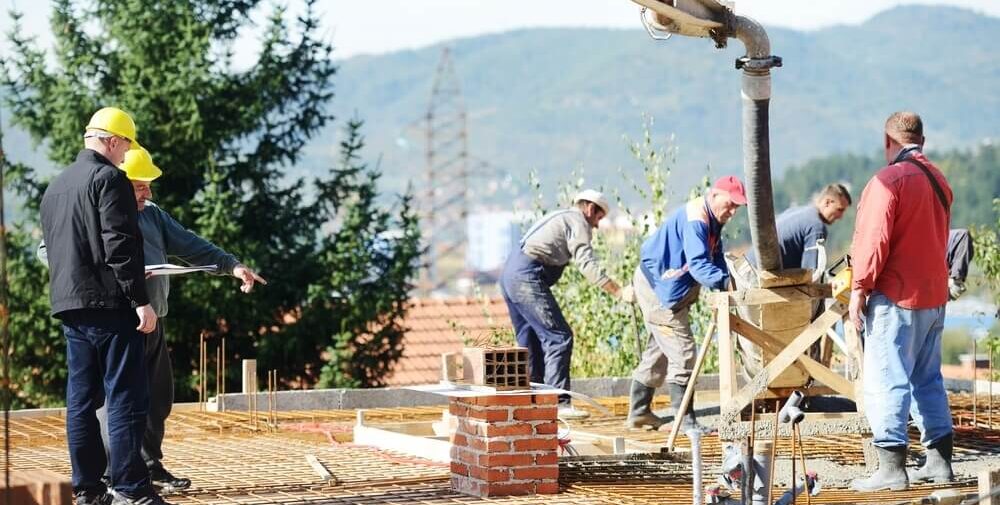In the post-GFC world, the construction industry was left in a tenuous state. The bigger construction companies were all trying to land new projects. A major push for improved productivity and – of course – profitability, was evident: no surprise after taking such a big financial hit in the mid-late 2000’s. However, the number of opportunities was very thin on the ground. Hence in Australia, the bigger construction companies really felt the pinch after 2008. This post-GFC world opened a new problem that construction companies needed to manage – fatigue management.
What went with this economic shift in the industry, was a noticeable change in some management and workforce practices: notably, workers were doing too many hours, over-extending themselves and, effectively, running ragged in an effort to extend their productivity ratio. The outcome? Fatigued workers, a DECLINE in productivity and often, a nasty financial hit to the construction company’s bottom line.
Fatigue is often a silent or hidden risk to organisations in the construction industry. There’s a number of reasons for this: on-site workers don’t want to be overlooked for work; managers don’t want to face up to a potential drop in worker productivity. It can be a vicious, and sometimes deadly, cycle. At its very core, fatigue is the manifestation of mental and/or physical exhaustion, which greatly reduces a worker’s ability to do their job safely and effectively. Knowing the signs and the outcomes of fatigue goes a long way to creating a safe working environment in your construction business.
The biggest issue around fatigue, is safety. The multitude of by-products of fatigue include
- a loss of alertness which leads to increased errors, on-site incidents and injuries
- a loss of cognitive decision-making ability. This could result in a reduced ability to know whether an individual is capable of operating machinery or equipment safely
- vastly impacted concentration ability; thoughtlessness; mental fogginess
As a business owner or manager, the key to managing fatigue in your workers, is knowing how to recognise the signs. These may include:
- excessive yawning or falling asleep at work
- short term memory problems and an inability to concentrate
- noticeably reduced capacity to engage in effective interpersonal communication
- impaired decision-making and judgment
- reduced hand-eye coordination or slow reflexes
- other changes in behaviour, for example repeatedly arriving late for work
- increased rates of unplanned absence
Also, worker fatigue may present in other less obvious symptoms such as:
- feelings of drowsiness
- persistent headaches
- dizziness
- difficulty concentrating
- blurred vision
- a need for extended sleep during days off work
In addition, there are long-term health risks of extended fatigue. Again, as an employer, you have to be very careful about managing your workers responsibly, so they avoid these health issues whilst on your clock. Issues such as:
- heart disease
- diabetes
- high blood pressure
- gastrointestinal disorders
- lower fertility
- anxiety
- depression
For the management of fatigue, the best form attack is defence, so risk management is key. Here are some of the major factors you need to take into consideration:
- Assess all issues which could be reasonably considered to be contributing to fatigue. Things like working hours of staff, how long the work day is, too many responsibilities for one person, distribution of workload across teams
- Are your work schedules reasonable, allowing workers time to recover from previous shifts?
- Are your workers getting the necessary breaks during their work day?
- On-site workers undertaking repetitious tasks
- Time pressures, where workers are placed under unrealistic deadlines
- Exposure to the environment: heat, cold, wind, vibration, noise
- Has there been an increase in on-site incidents? A common warning sign of fatigue
- Factoring fatigue into regular WHS audits
- Screening of workers for signs of fatigue, on a regular basis
Fatigue is the major cause of accidents in the construction industry in Australia. Better recognition and understanding by business owners and managers, coupled with a heavier emphasis placed on worker recovery will establish a safe, productive and happy workplace.
(Sources: Safe Work Australia, The University of Sydney)





